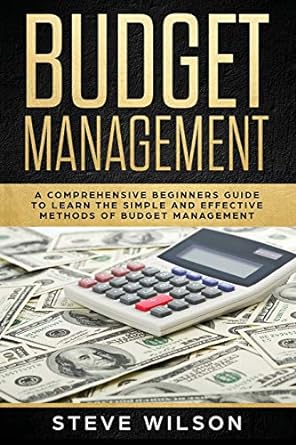Answered step by step
Verified Expert Solution
Question
1 Approved Answer
Single payments are known as lump sums. We can solve for the future value or the present value of a lump sum as we discuss
Single payments are known as lump sums. We can solve for the future value or the present value of a lump sum as we discuss below. Finding the future value (FV), or compounding is the process of going from today's values to future amounts. The PV equation is: FV-PV(1+1) Here, PV present value; I interest rate per year, and N-number of periods. You can use calculators and spreadsheets to find future values. A graph of the compounding process shows how any sum grows over time at various interest rates. The greater the interest rate, the faster the growth rate. Finding the present value (PV) is called discounting, and it is simply the reverse of compounding In general, the present value of a cash flow due N years in the future is the amount which, if it were on hand today, would grow to equal the given future amount. The PV equation is: Present value = PV A graph of the discounting process shows how the present value of any sum to be received in the future decreases and approaches ( Das the years to receipt increases, and the present value declines faster at higher interest rates. The fundamental goal of financial management is to maximize the firm's value, and the value of any asset is the present value of its expected future cash flows. One can solve for either the interest rate or the number of periods using the FV and the PV equations. The easiest way to solve for these variables is with a financial calculator or a spreadsheet. Quantitative Problem 3: You deposit $1,400 into an account that pays 7% per year. Your plan is to withdraw this amount at the end of 5 years to use for a down payment on a new car. How much will you be able to withdraw at the end of 5 years? Do not round intermediate calculations. Round your answer to the nearest cent $ Quantitative Problem 2: Today, you invest a lump sum amount in an equity fund that provides an 12% annual return. You would like to have $10,200 in 6 years to help with a down payment for a home. How much do you need to deposit today to reach your $10,200 goal? Do not round intermediate calculations. Round your answer to the nearest cent
Step by Step Solution
There are 3 Steps involved in it
Step: 1

Get Instant Access to Expert-Tailored Solutions
See step-by-step solutions with expert insights and AI powered tools for academic success
Step: 2

Step: 3

Ace Your Homework with AI
Get the answers you need in no time with our AI-driven, step-by-step assistance
Get Started


